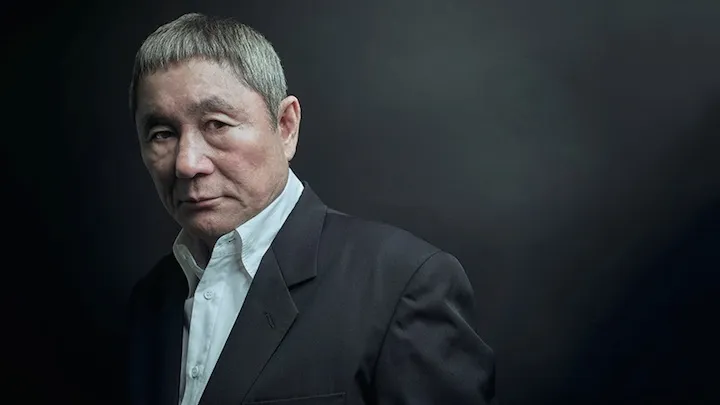When you hear the name Takeshi Kitano, what kind of person comes to mind? The image of a film director is probably strong. It is no wonder, then, that he is one of the world’s leading film directors, having won the Golden Lion at the Venice International Film Festival, one of the world’s top three film festivals. Quentin Tarantino is also an avowed fan of Takeshi films, and his influence transcends national borders.
In Japan, however, Kitano’s public image as the comedian “Beat Takeshi” is just as strong. Yes, he was an unsuccessful manzai (comedian) in Asakusa long before he made films, and he is still an established TV personality, appearing on variety shows on television.
In this issue, we will discuss how an unsuccessful Japanese comedian became a world-famous film director.
What kind of drama was involved? We will look back on his life and his turbulent story.
From Takeshi Kitano to “Beat Takeshi”
In January 1947, Takeshi Kitano was born in Adachi Ward, Tokyo. He was named “Takeshi” in the hope that he would “endure and grow like a bamboo, no matter what.
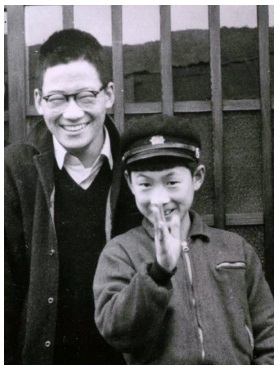
Kitano studied hard under his mother, who was devoted to education, and was admitted to the prestigious Meiji University, where he suffered from May Sickness and hardly ever went to school. He was somewhat involved in the student movement and worked part-time jobs from one day to the next. However, he was already 25 years old at the time and needed to find his own way out, so he started working as an elevator boy at Asakusa Franceza, a strip joint in Asakusa, as an apprentice comedian. There he met his future partner Jiro Kaneko, who had also trained as a comedian in Asakusa, and they formed the comic duo “Two Beat” in 1972. This was the birth of the comedian Beat Takeshi.

The Birth of the Filmmaker “Takeshi Kitano”
Although it was difficult to see eye to eye for less than 10 years, 1980 saw the arrival of the manzai boom. Kitano’s rapid-fire style of talking and his “inappropriate jokes,” in which he was quick to incorporate current topics into his gags, were sometimes criticized as “cruel gags,” but he dismissed them as “just another fool who gets offended by what a manzai artist has to say.
Gradually, Kitano began to distinguish himself as a TV personality. While maintaining his public image as a tongue-twister, he abandoned his highly consuming delivery that depended on material and shifted to a style centered on his personality. His unconventional and somewhat dangerous style was well received by the public, and by 1985 he was appearing on as many as eight variety shows a week.
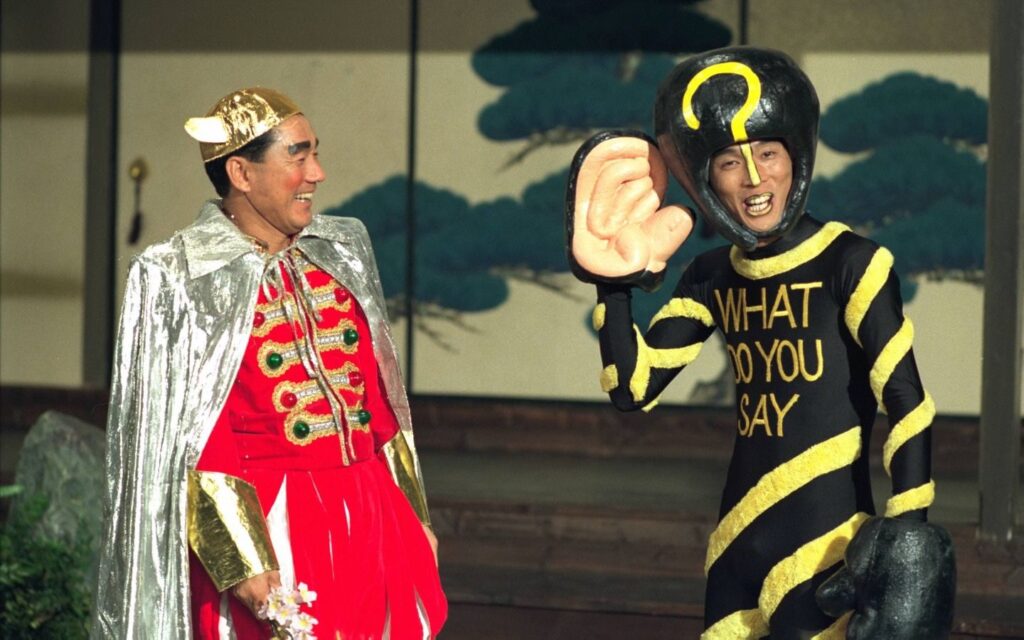
At the height of her popularity, she reached a turning point. She appeared in the famous film “Merry Christmas Mr. Lawrence” (1983), directed by Nagisa Oshima. She co-starred in the film with David Bowie, Ryuichi Sakamoto, and many other famous faces, and became a movie star in a big way.
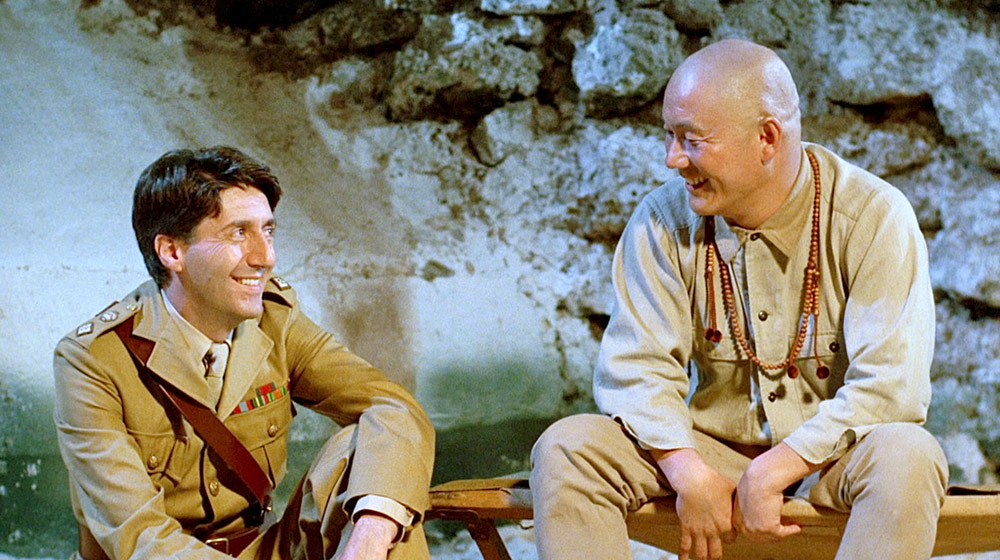
It was here that Kitano discovered the romance of filmmaking. Six years later, he made his directorial debut with “The Man is Violent.
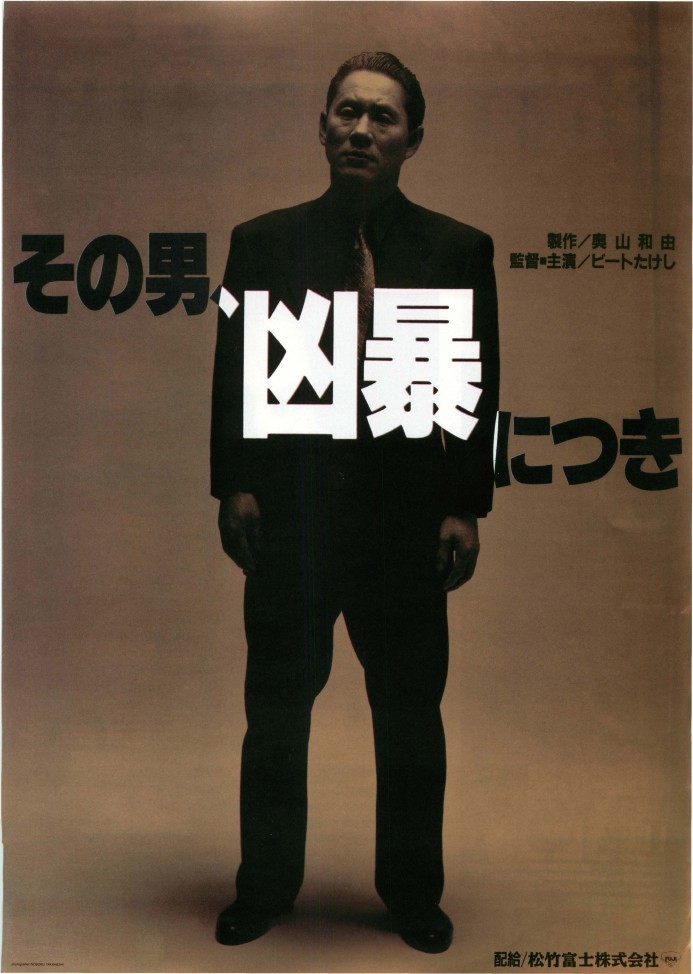
And to the world’s Kitano. What is the appeal of Kitano’s films?
From there, Kitano has continued to make films at a pace of one every few years up to the present. He has directed a total of 19 films to date. Of these, “HANABI” won the Golden Lion at the Venice Film Festival, one of the world’s top three film festivals, as mentioned above, and I doubt there is a single movie fan who has not seen one of his films. (I am also a big fan of his films. (I am a big fan of his, too. My favorite is “Sonatine”!) ).
) But why do his films attract so many people from all over the world? Kitano’s films are famous for their low budgets and fast filming speed. In order to answer this question, we must first look at the most important characteristics of Kitano’s films: “violence” and “Kitano blue.
◆Violence
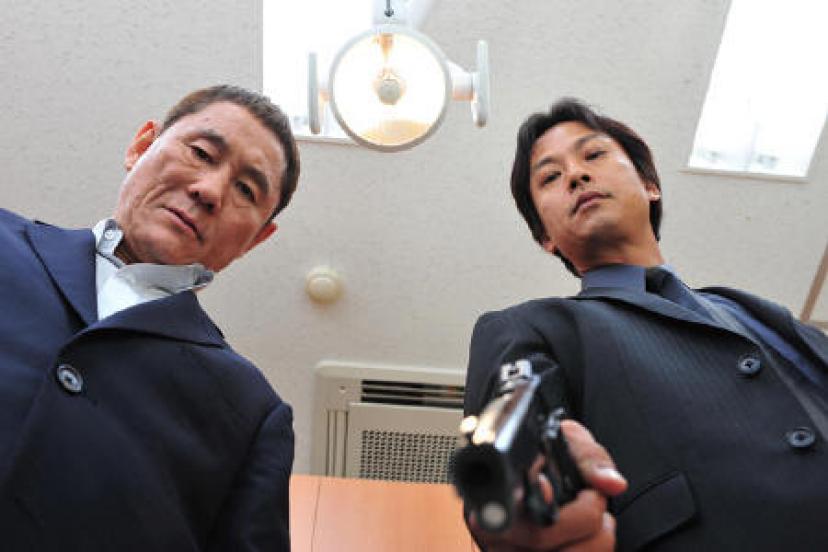
Kitano’s films do not feature flashy car action or scenes of handsome heroes defeating evil with superhuman strength. Just a bunch of dull middle-aged guys shooting and stabbing each other, and everyone dies. There is no dramatic music, just the sound of dry gunshots and knives cracking the sky. And yet, the greatest feature of the violence is that it is “painful. The killers improvise and use everyday objects (chopsticks, scissors, dentist drills, sometimes batting cages…) as murder weapons. The murders are so realistic that it almost hurts to watch them. It is so painful, quiet, and realistic that it makes you wonder if this is actual violence.
◆Kitano Blue
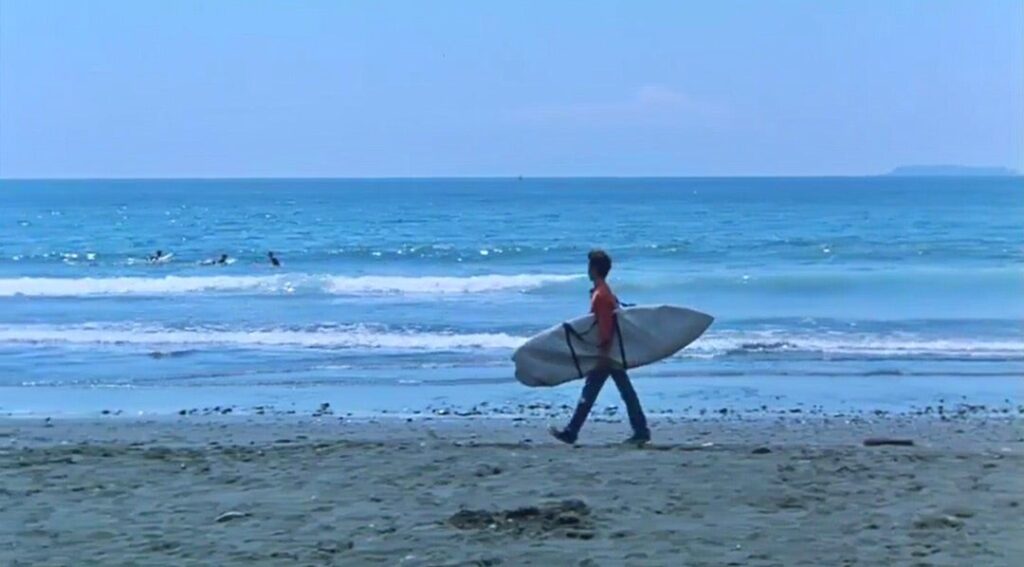
One of the visual characteristics of Kitano’s films is the frequent use of blue in the overall tone of the screen and the color of props, which is called “Kitano blue” for its elegance. This is especially noticeable in his works up to the middle of his career, such as “Sonatine,” and was highly acclaimed in Europe. It is said that this was triggered by a sudden rain that turned the screen all blue. He had been trying to avoid using unnecessary colors as much as possible, and since then he has been conscious of the color blue.
Blue is also often used as a color that represents anxiety, nervousness, and such negative emotions. His films are rarely heartwarming stories with happy endings. They are always accompanied by the smell of blood, fists, and death. In this sense, his films have a great affinity with blue. The audience’s hearts are left with a chilling and disturbing testimony.
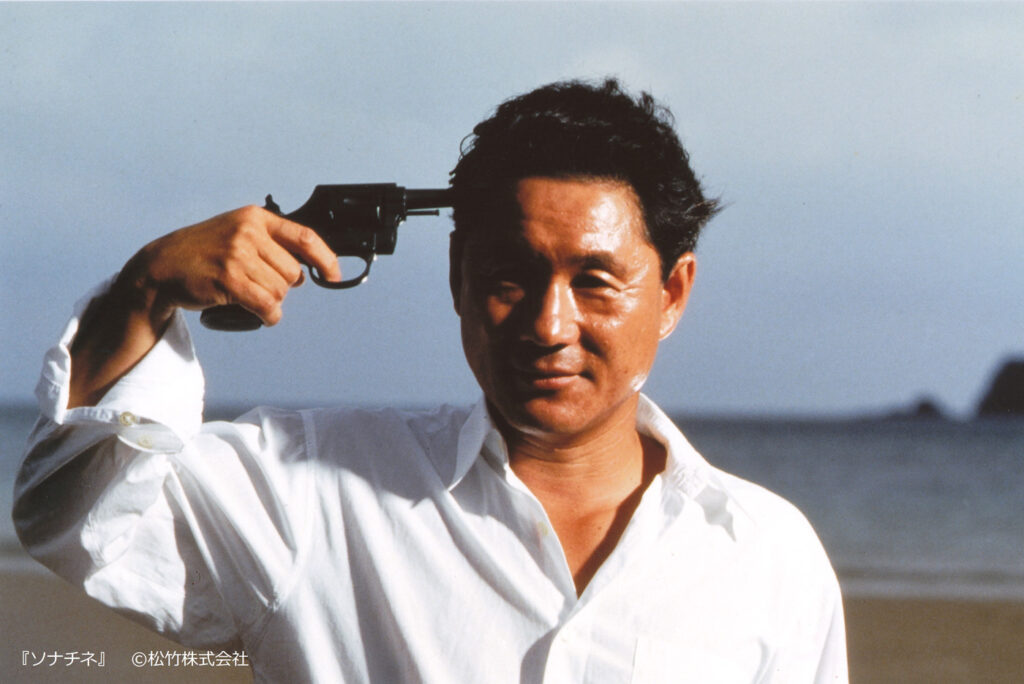
“Aren’t you afraid to die?”
“You know, if you’re too afraid to die, you’re going to want to die.”
-From “Sonatine”
Summary
He is a comedian and a professional satirist. Since his debut, he has been satirizing power, the world, and the world. Therefore, he cannot help but be annoyed by the sob stories and opportunism in the world’s entertainment films. He cannot help but expose the blood, sweat, and hurt that such rhetoric of friendship, romance, and camaraderie hides. In fact, he was once arrested for beating up a journalist who had injured his girlfriend, causing bloodshed and retaliation. It is precisely because he is so realistic about anger and violence that he is able to make a film like that. And through his rare ability to satirize, his cool-headed view of the world also fosters a blue color. Perhaps it is this extremely flat view of the world that gives the film its universality and leads to its worldwide acclaim.
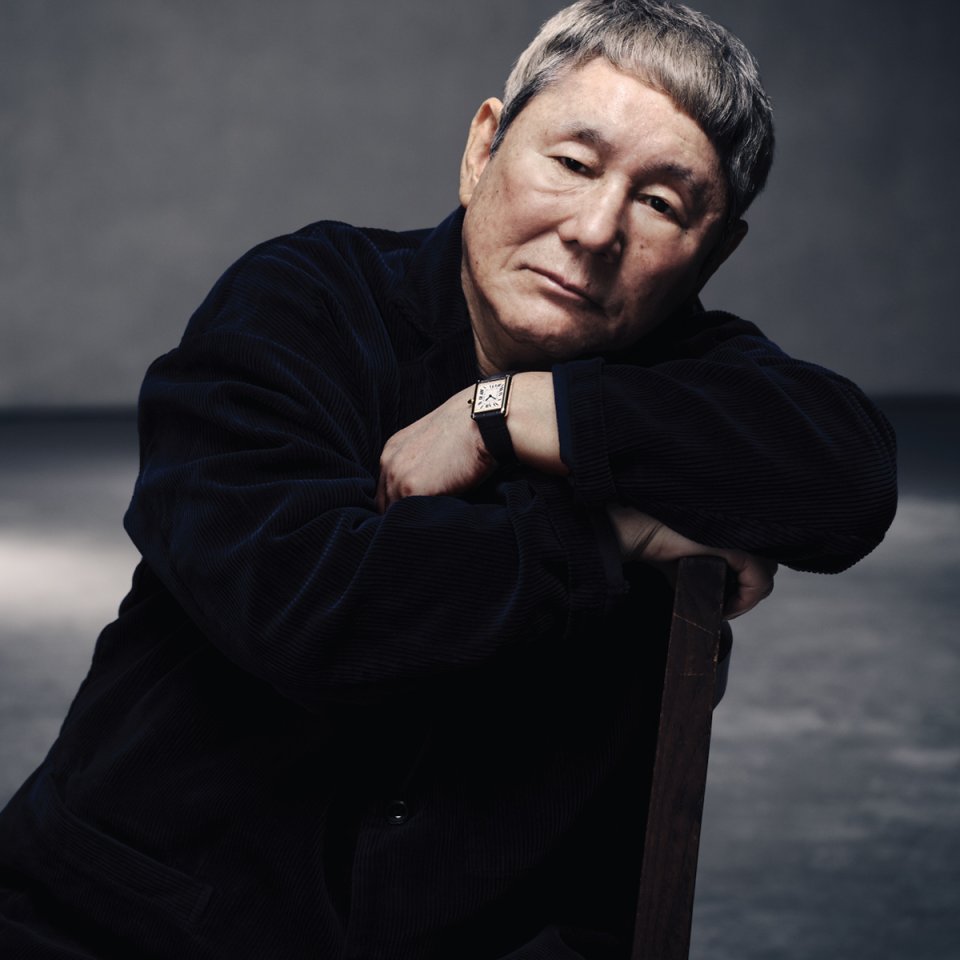
Latest Film Information “The Head”

In November 2023, the latest movie “The Head” is scheduled for release.
The film is about Hideyoshi Toyotomi, a warlord who unified Japan. This time, he is the director and also stars as the very same Hideyoshi Toyotomi. Kitano, who has often portrayed students, yakuza, painters, surfers, and the like in his films, is now taking on the challenge of the Sengoku period, a scale that is far beyond anything he has ever attempted.
But this time, he is going to take on a different scale, the Warring States Period. However, I declare that his “violence” will surely be triggered at some point in the film. The “violence” will surely be a scene with real “pain” that will be seared into your mind. As a fan, I can’t wait to see the “Kitano Blue” (which has been absent since “Dolls” in 2002).
Get the film information below! ↓↓
Source
・Take Kitano Wikipedia
・GQ Special Interview : TAKESHI KITANO
・Adachi Ward Interview with Takeshi Kitano
・Movie “The Head

